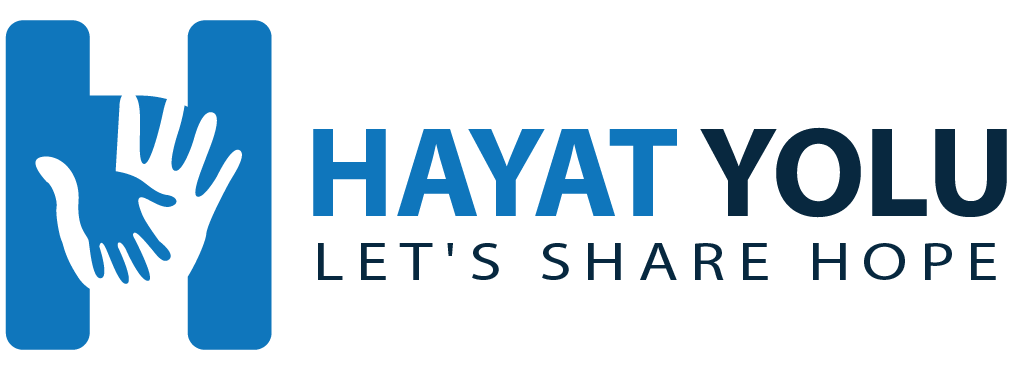In the modern world, the Gregorian calendar is widely used. However, for more than 1 billion Muslims, the Islamic or Hijri calendar holds particular significance as it is intertwined with Islamic history, identity, and spirituality.
Understanding the Hijri calendar
The Hijri calendar has its origins in a significant event in Islamic history – the migration of the Prophet Muhammad from Mecca to Medina, which occurred in 622 AD. Unlike the solar-based calendars, the Hijri calendar follows the lunar cycle, with each month beginning with the sighting of the new crescent moon. Because of this, the length of a migration year is 10 to 12 days shorter than a Gregorian year.
The names and meanings of the Hijri months
The Hijri calendar comprises of 12 months, each of which holds significant religious and cultural importance. The month of Muharram marks the start of the New Year and signifies the continuation of good and peace from the previous year.
Ramadan is the most renowned month in the Hijri calendar as it is a month of fasting, which is one of the five pillars of Islam, and is celebrated by Muslims worldwide every year. The month of Dhul-Hijjah also witnesses another pillar of Islam, the Hajj, which is a mandatory pilgrimage for Muslims to undertake at least once in their lifetime.
Hijri months in order are Muharram, Safar, Rabi’ al-Awwal, Rabi’ al-Thani, Jumada al-Awwal, Jumada al-Thani, Rajab, Sha’ban, Ramadan, Shawwal, Dhu al-Qi’dah, and Dhu al-Hijjah.
Modern-day calendars
Hijri months remain an integral part of Muslim life, as they are closely linked to Islamic rituals and the culture of Islamic nations such as Arabs, Turks, and Indians. The Hijri calendar is still used for official purposes in many Muslim countries. With the advancement of technology, Muslims worldwide can now stay up-to-date with Hijri history and connect with their spiritual and cultural heritage through smartphone apps and calendar software.
Contemporary issues
Recently, there have been discussions about the most effective way to synchronize the lunar calendar on a global scale. This is because the time of observing the new crescent varies depending on the geographical location and astronomical calculations. To promote intercultural understanding, educational efforts are underway to educate people about the intricacies of the lunar calendar in different regions of the world.
Its is not just a tool
The calendar serves as more than just a tool for setting time; it’s also a symbol of identity for Muslims. Its long-standing history reminds us of the diverse ways in which people worldwide consider time and the richness of human culture. Whether you’re a Muslim or someone who appreciates cultural exploration, the history of Hijri invites us all to reflect.



